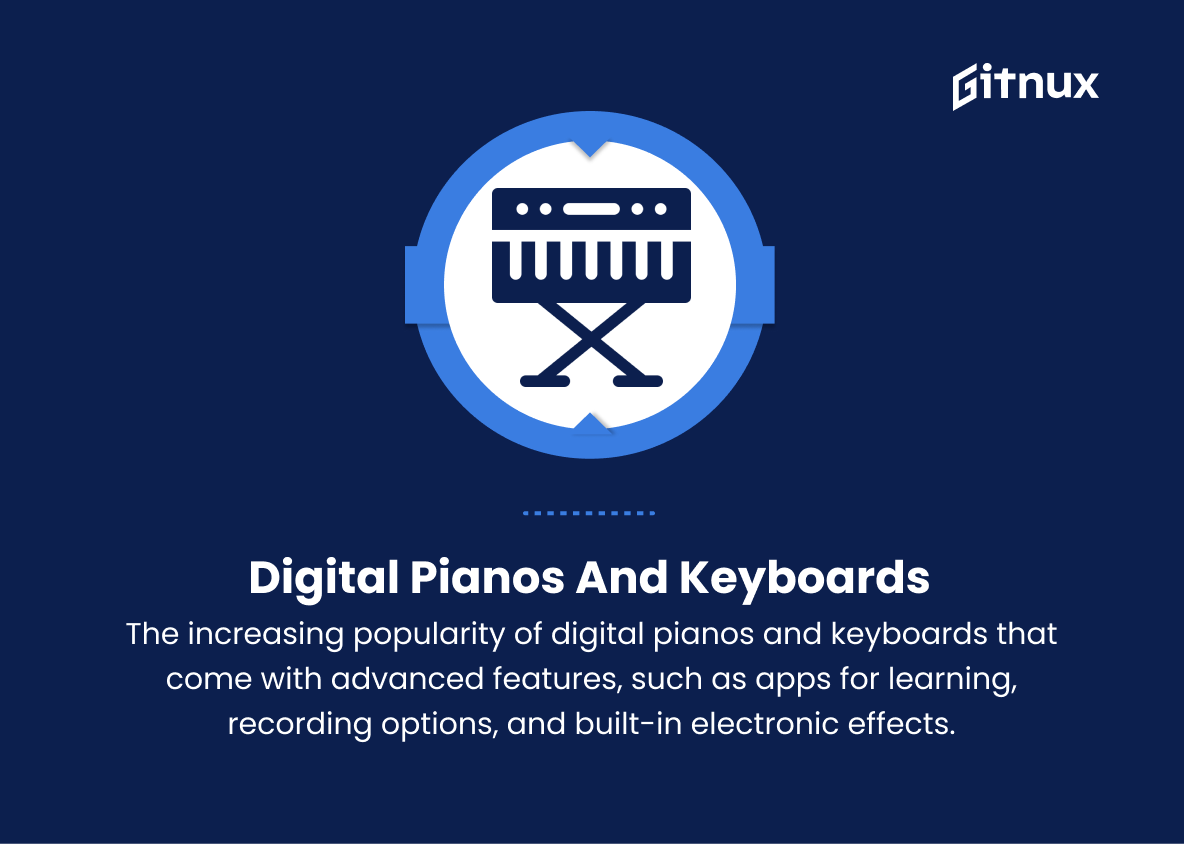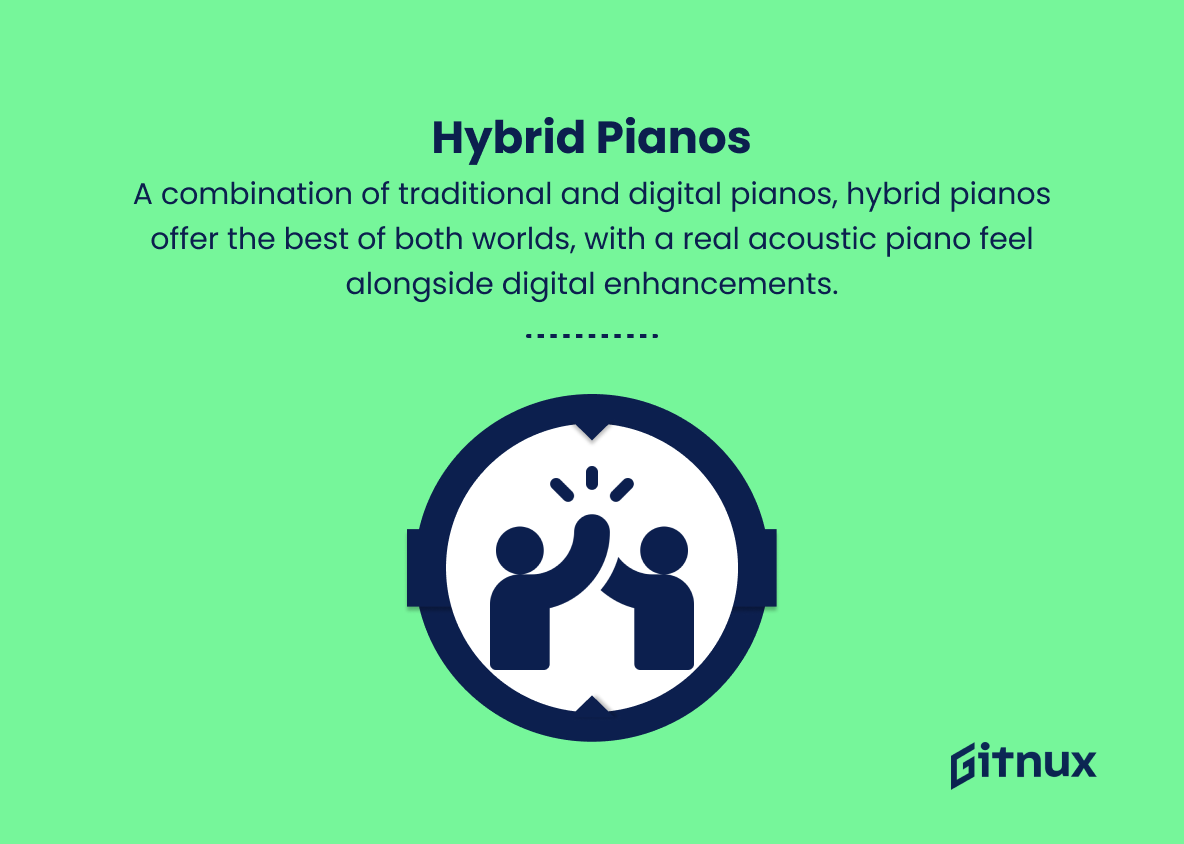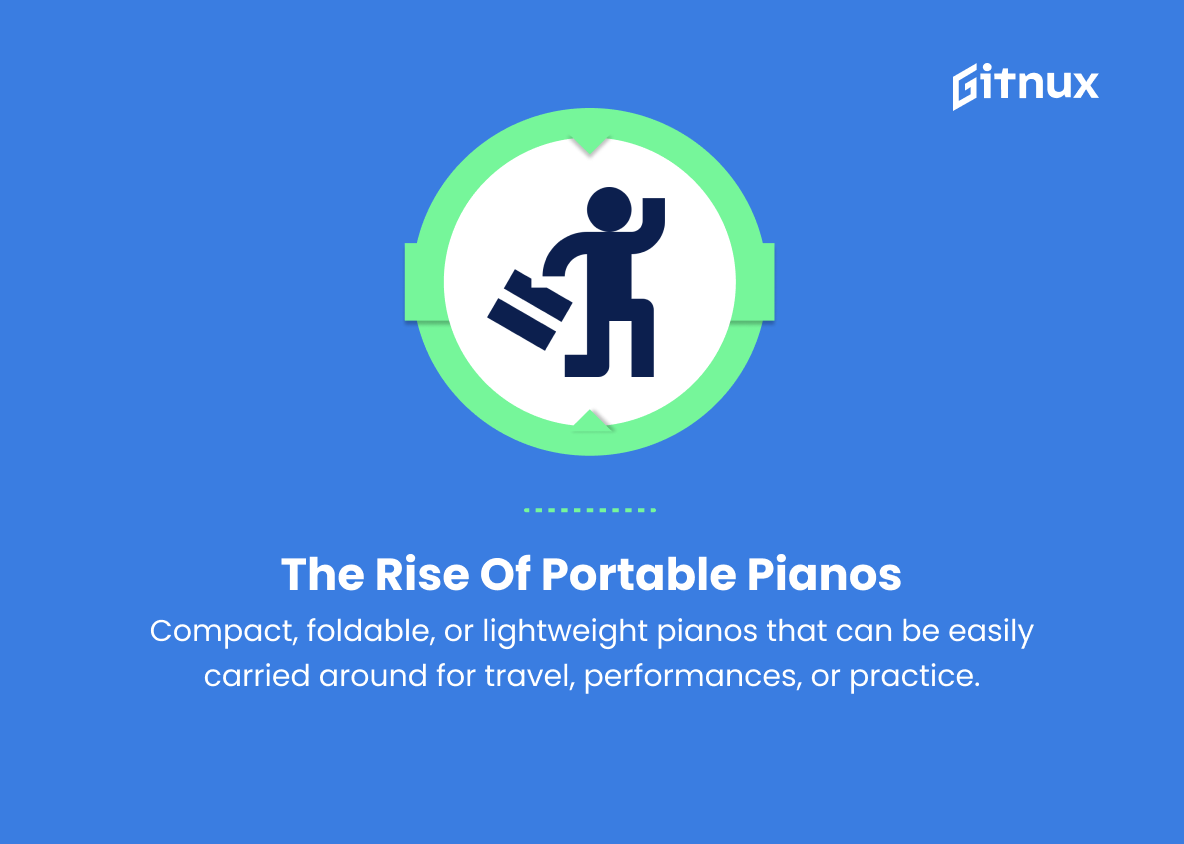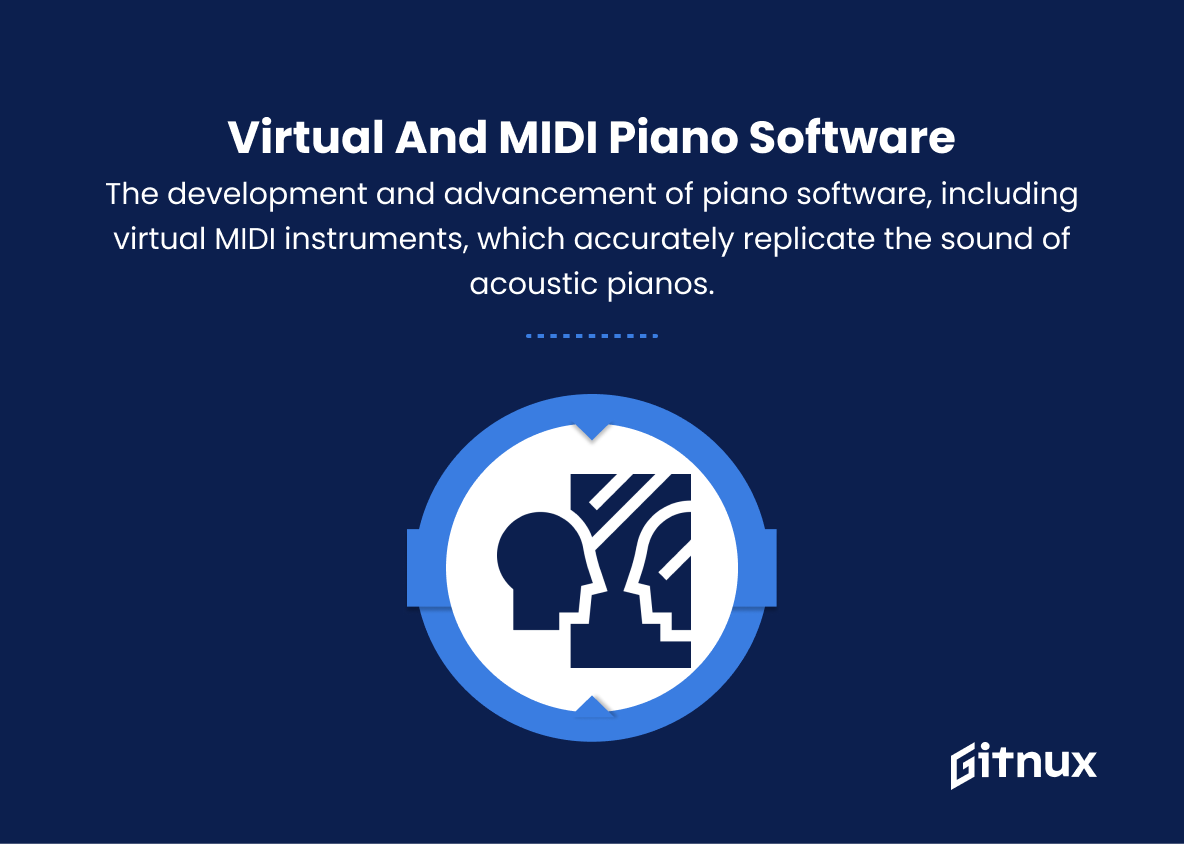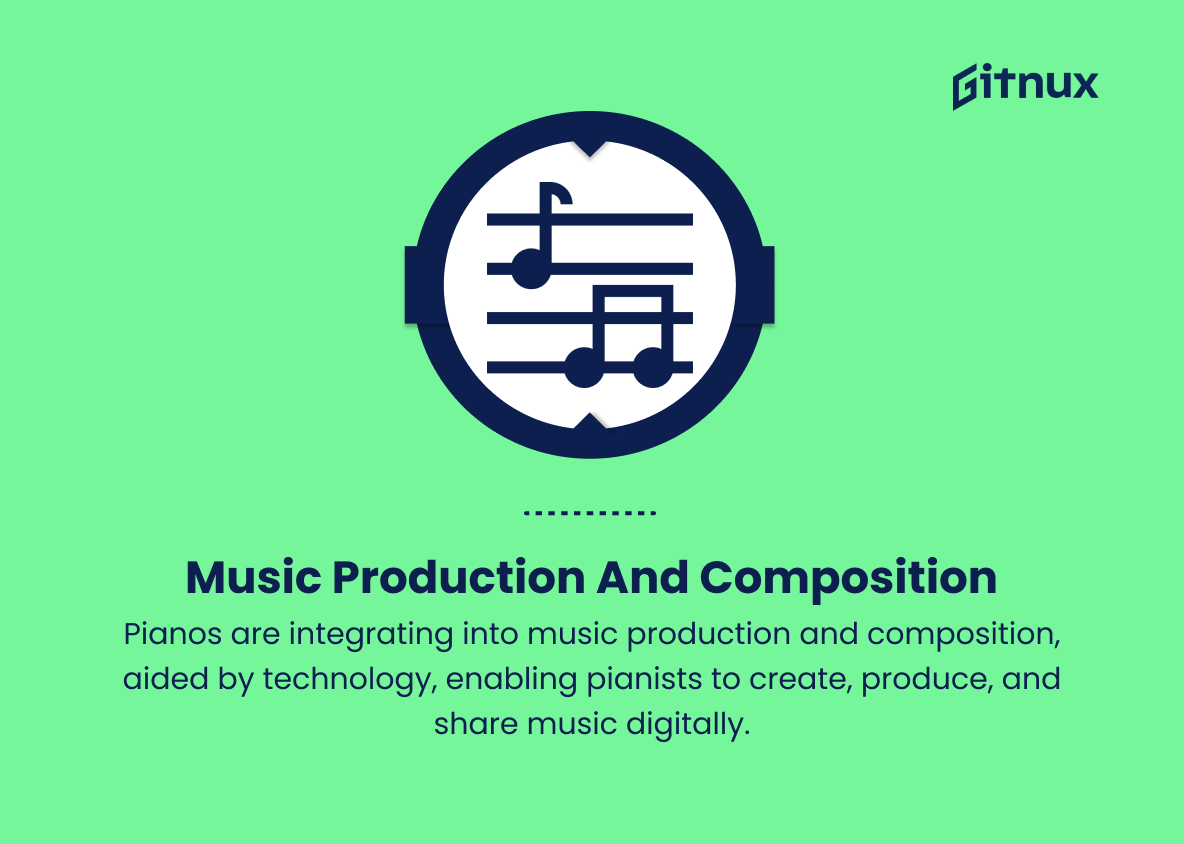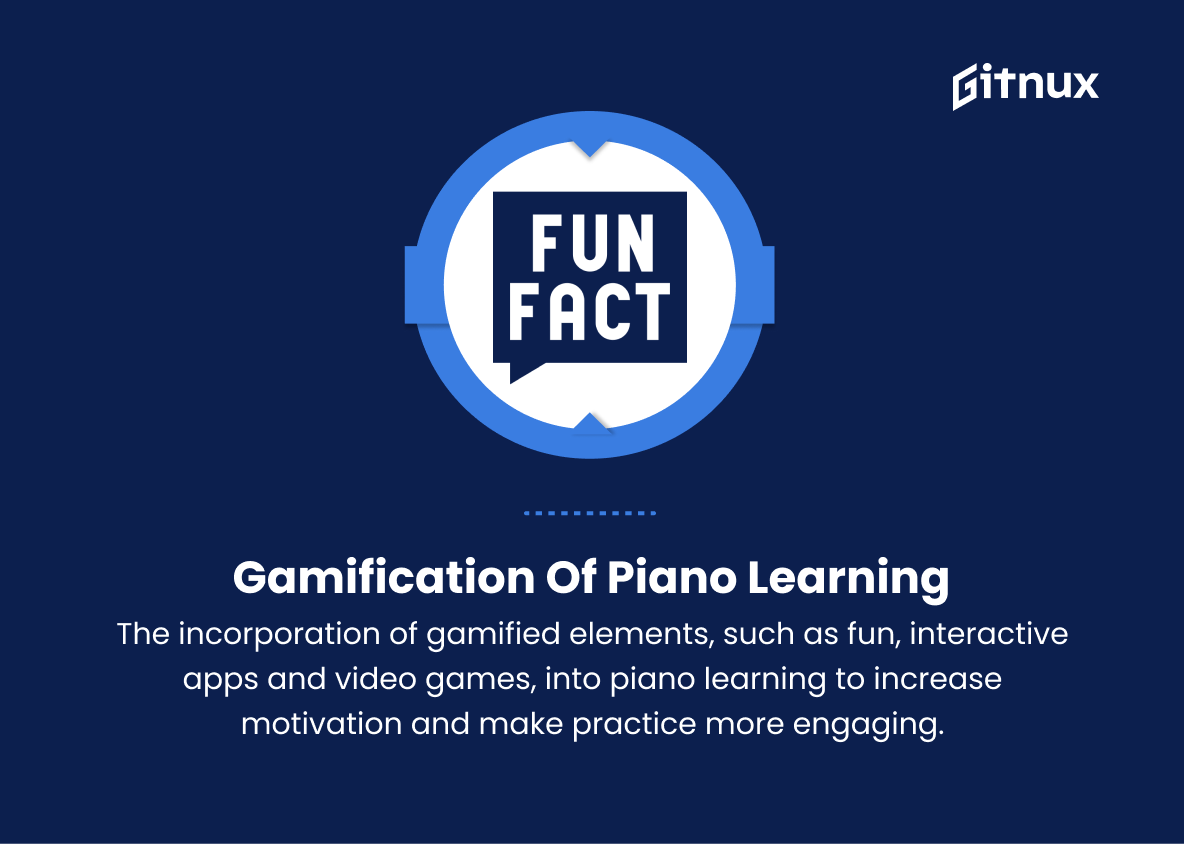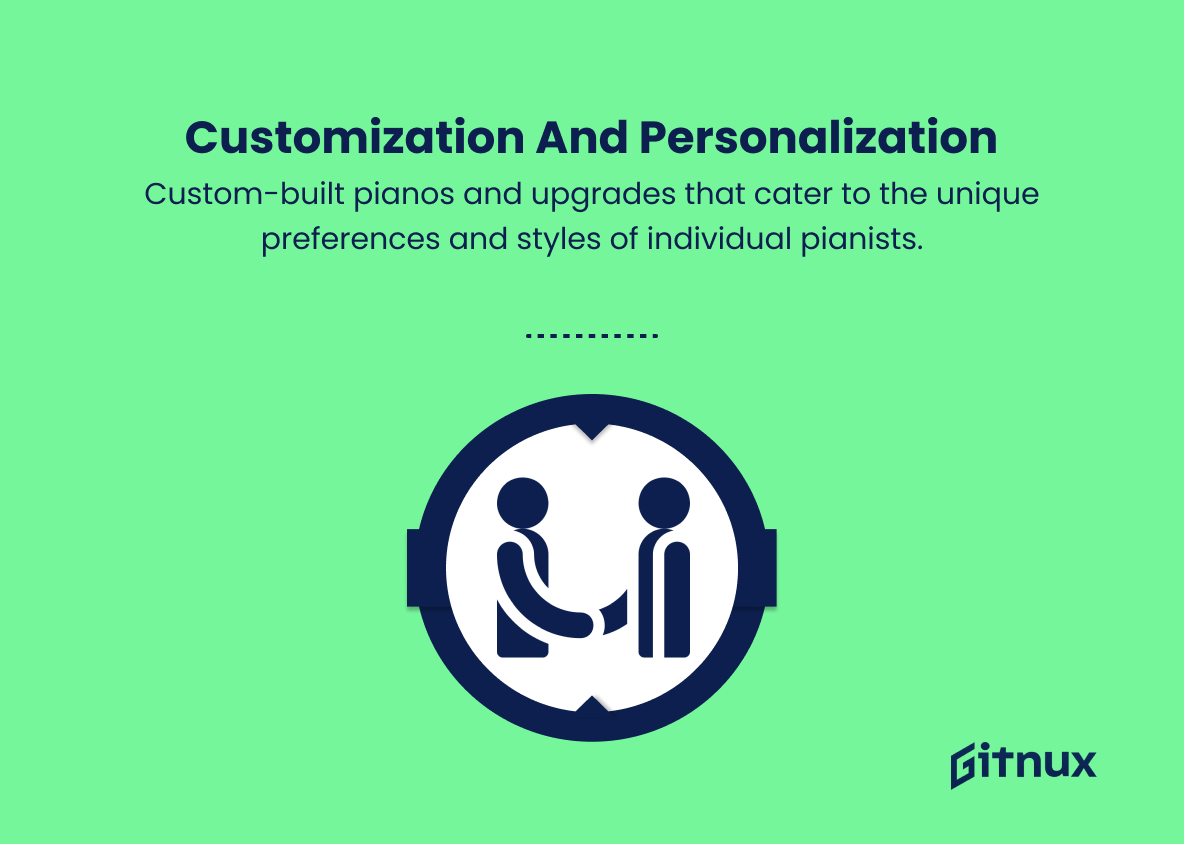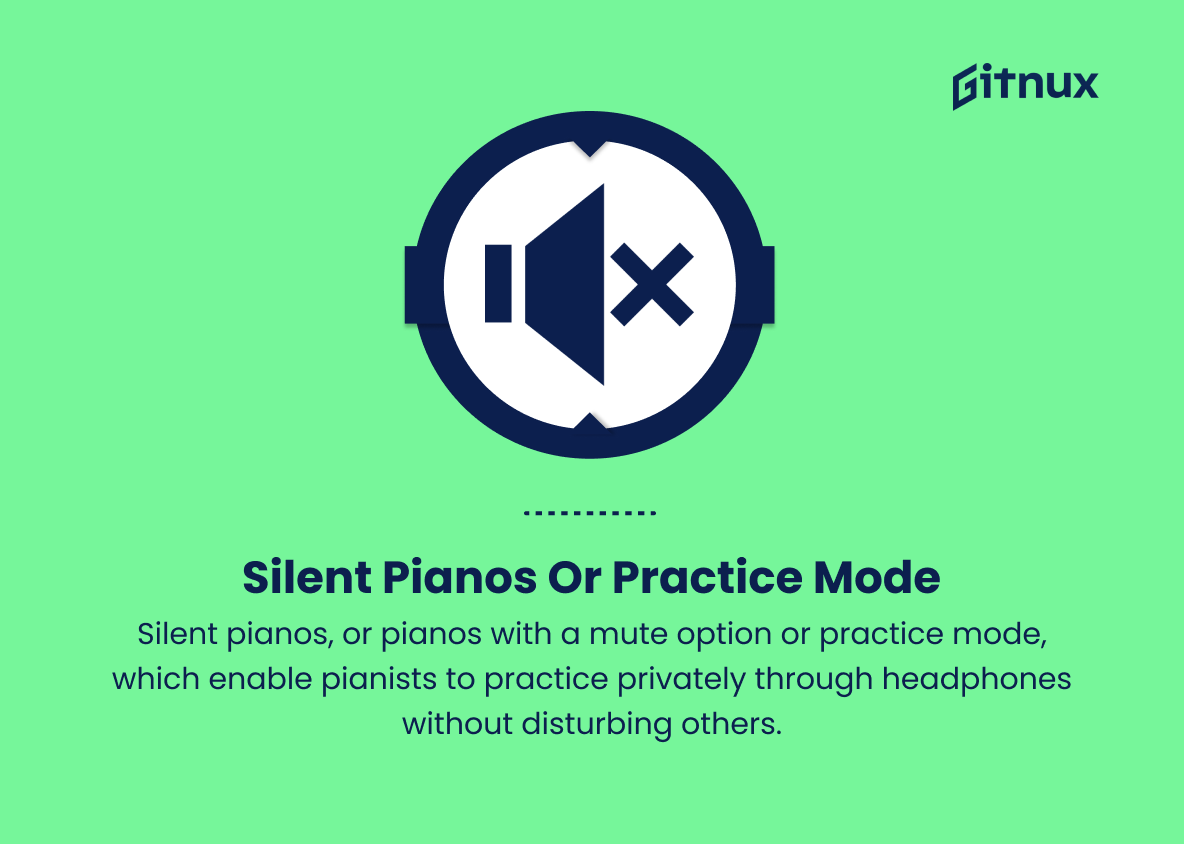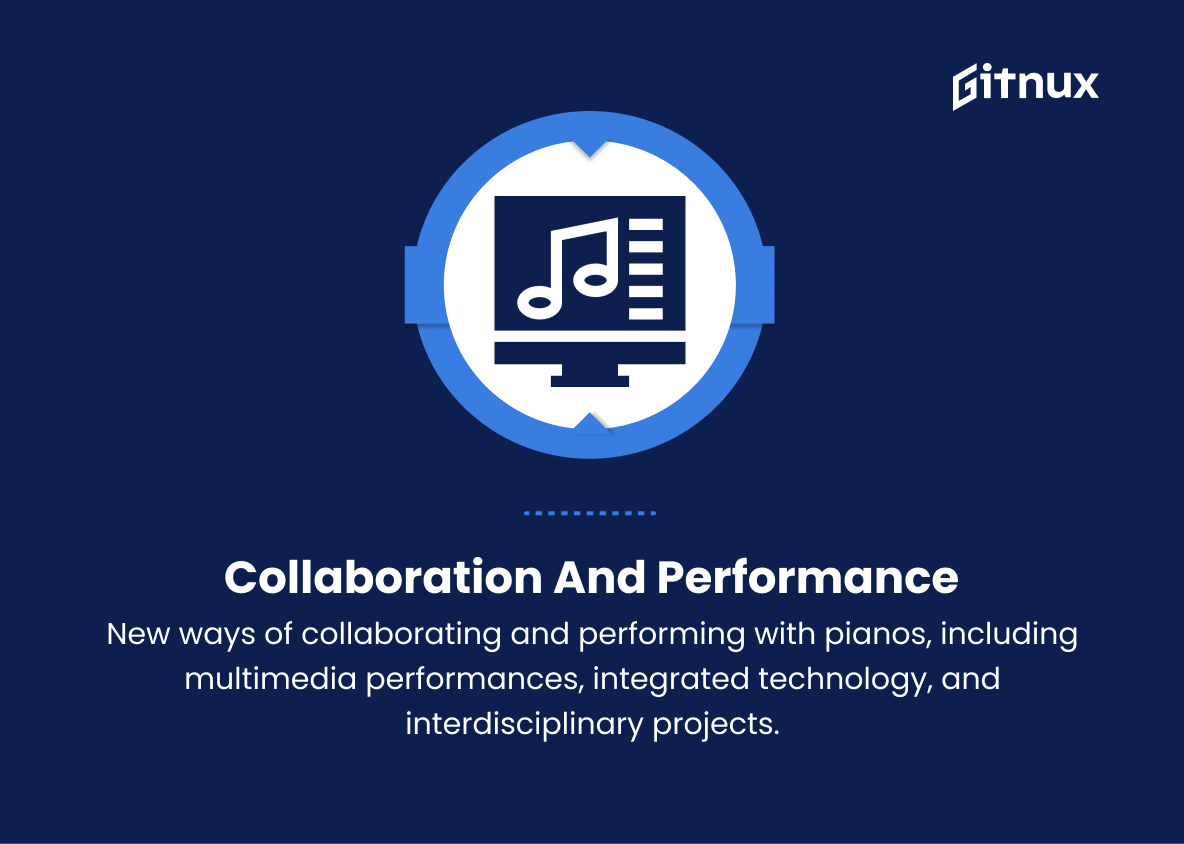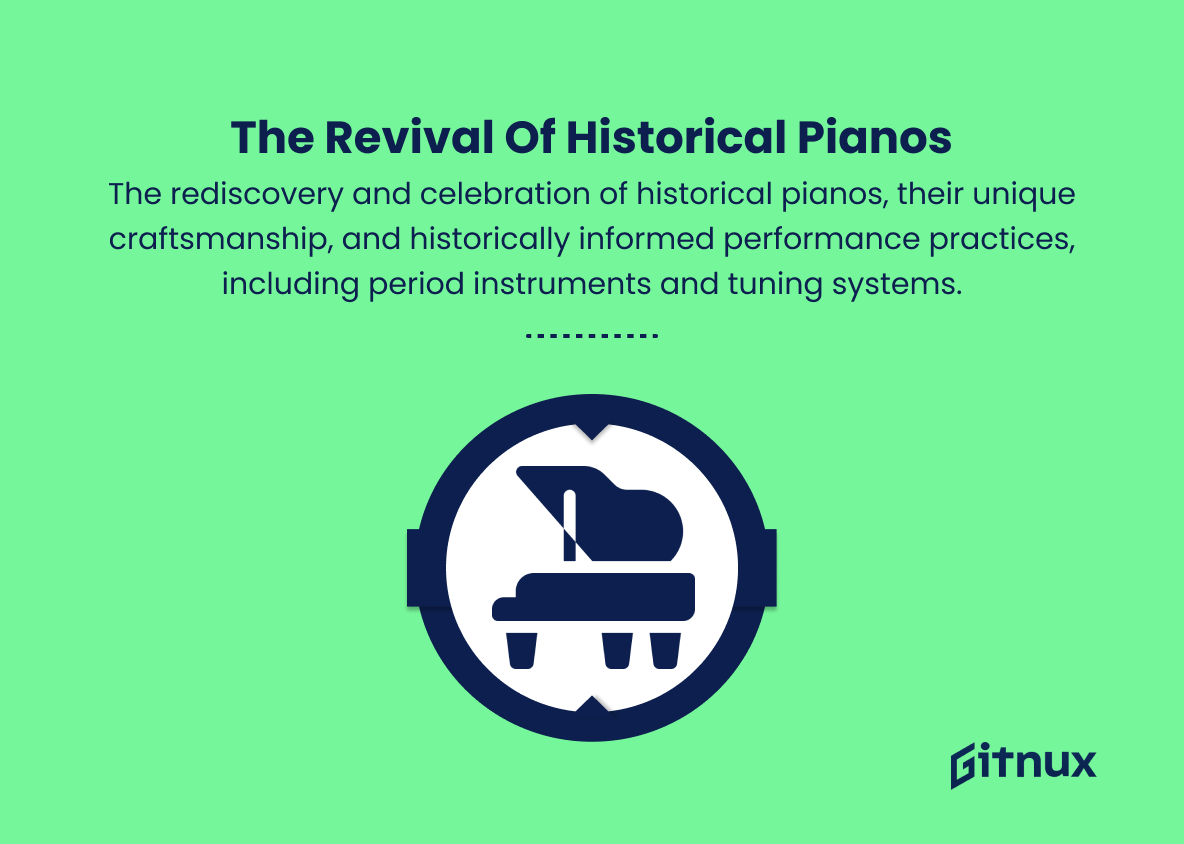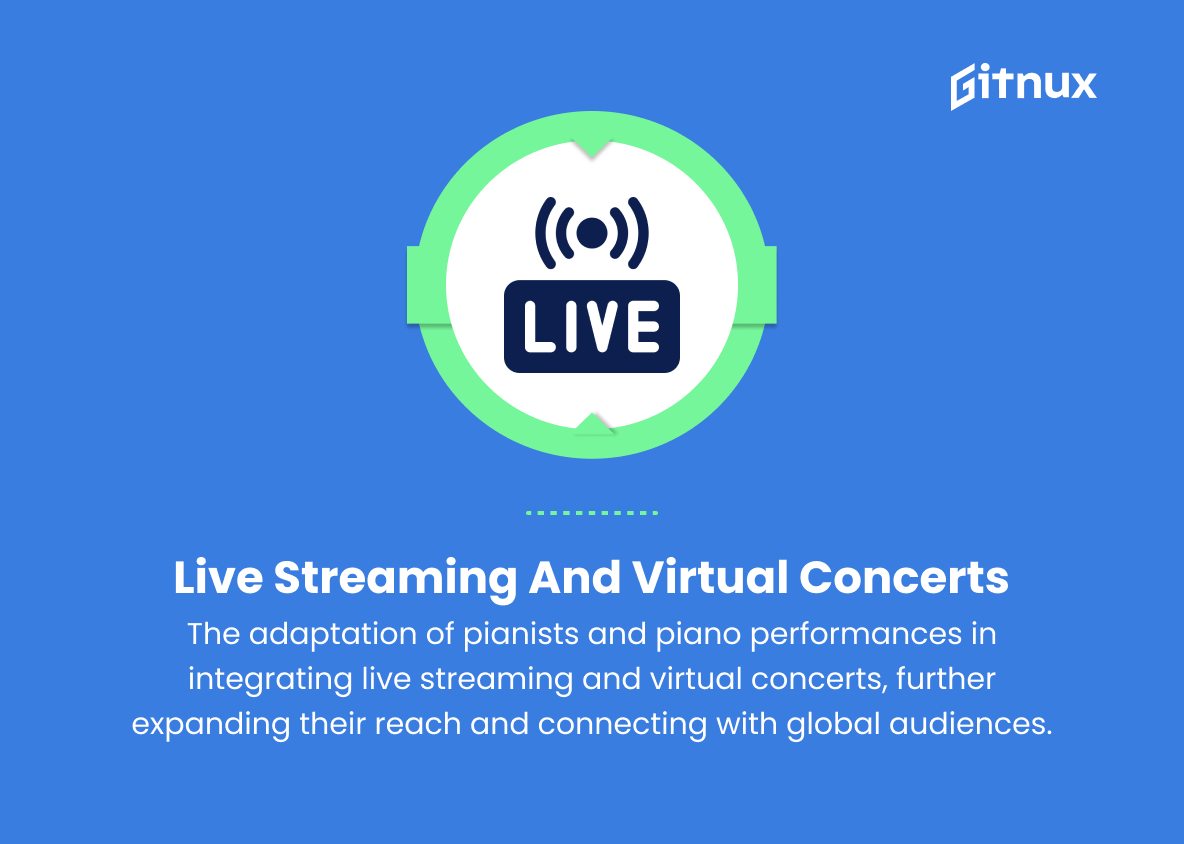As one of the most revered and sophisticated instruments throughout history, the piano continues to hold a special place in the hearts of musicians and music enthusiasts alike. With its deep, resonant sound and complex yet elegant compositions, the piano never ceases to captivate and inspire. In our ever-evolving world, where trends come and go in the blink of an eye, the piano remains steadfast, transcending eras and adapting to the needs of modern times.
In this thought-provoking blog post, we delve into the latest piano trends, explore the impact of technology on the instrument, and examine how these developments are influencing the way pianists hone their craft and share their art with the world.
Top Piano Trends
1. Digital pianos and keyboards
The increasing popularity of digital pianos and keyboards that come with advanced features, such as apps for learning, recording options, and built-in electronic effects.
2. Hybrid pianos
A combination of traditional and digital pianos, hybrid pianos offer the best of both worlds, with a real acoustic piano feel alongside digital enhancements.
3. The rise of portable pianos
Compact, foldable, or lightweight pianos that can be easily carried around for travel, performances, or practice.
4. Virtual and MIDI piano software
The development and advancement of piano software, including virtual MIDI instruments, which accurately replicate the sound of acoustic pianos.
5. Music production and composition
Pianos becoming more integrated into the world of music production and composition, with software and technology making it easy for pianists to create, produce, and share their music digitally.
6. Online learning and instruction
A growing number of online piano lesson platforms, tutorials, and virtual classes, democratizing access to learning the instrument.
7. Gamification of piano learning
The incorporation of gamified elements, such as fun, interactive apps and video games, into piano learning to increase motivation and make practice more engaging.
8. Customization and personalization
Custom-built pianos and upgrades that cater to the unique preferences and styles of individual pianists.
9. Increased diversity in piano music
The expansion of piano repertoire to include more diverse genres, styles, and cultural influences.
10. The environmental movement
The adoption of eco-friendly materials and sustainable practices in piano manufacture, such as using recycled or renewable materials and reducing waste.
11. Silent pianos or practice mode
Silent pianos, or pianos with a mute option or practice mode, which enable pianists to practice privately through headphones without disturbing others.
12. Piano therapies
The application of piano playing in therapeutic contexts, such as in music therapy, mental health treatments, or cognitive development training.
13. Collaboration and performance innovations
New ways of collaborating and performing with pianos, including multimedia performances, integrated technology, and interdisciplinary projects.
14. The revival of historical pianos
The rediscovery and celebration of historical pianos, their unique craftsmanship, and historically informed performance practices, including period instruments and tuning systems.
15. Live streaming and virtual concerts
The adaptation of pianists and piano performances in integrating live streaming and virtual concerts, further expanding their reach and connecting with global audiences.
Implications
The future of pianos encompasses a multitude of evolving trends, leading to substantial implications on how pianos are learned, played, and integrated into our lives. As digital pianos and keyboards rise in popularity, they facilitate more accessible learning and creative opportunities with their advanced recording features and multimedia capabilities. Hybrid pianos offer the tactile feedback of traditional pianos complemented by digital enhancements, while portable pianos enable music-making on the go, broadening their usage scope.
The advancements in virtual and MIDI piano software accurately mimic the sound and feel of acoustic pianos, enhancing their application in music production and composition as they integrate more seamlessly into digital workflows.
Online learning and instruction platforms expand the accessibility of piano education, while gamification elements drive motivation and engagement among learners. Customization and personalization options cater to individual preferences and styles, resulting in increased diversity in piano music as the repertoire widens in genres, styles, and cultural influences. Environmental concerns prompt the piano industry to adopt sustainable practices, while innovations such as silent pianos enable discreet practicing.
Piano therapies offer therapeutic applications in mental health and cognitive development, while technology allows for creative collaborations and performance innovations, such as multimedia and interdisciplinary projects.
The revival of historical pianos broadens the appreciation of the instrument’s heritage, and live streaming and virtual concerts enable pianists to connect with international audiences, demonstrating the immense potential of pianos to continue to shape and evolve the musical landscape.
Conclusion
Ultimately, staying informed about the latest piano trends is crucial for both music enthusiasts and professionals alike. From innovative technologies and teaching techniques, to a resurgence of traditional methods and evolving musical styles, these trends shape the world of piano in exciting ways.
By embracing these changes and keeping a finger on the pulse of the piano community, you can enhance your own musical journey and witness the ever-evolving landscape of piano music. Stay connected, stay inspired, and let the transformative power of piano trends continue to enrich your musical experiences.
